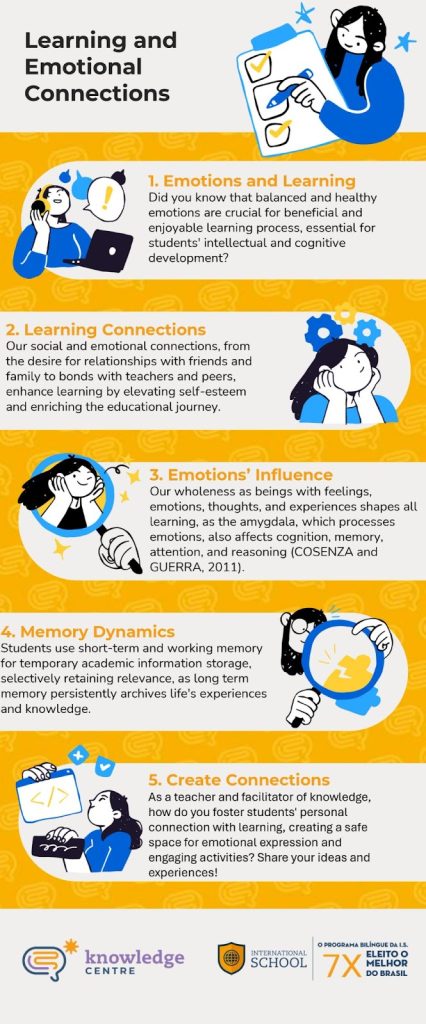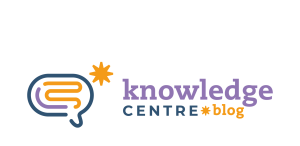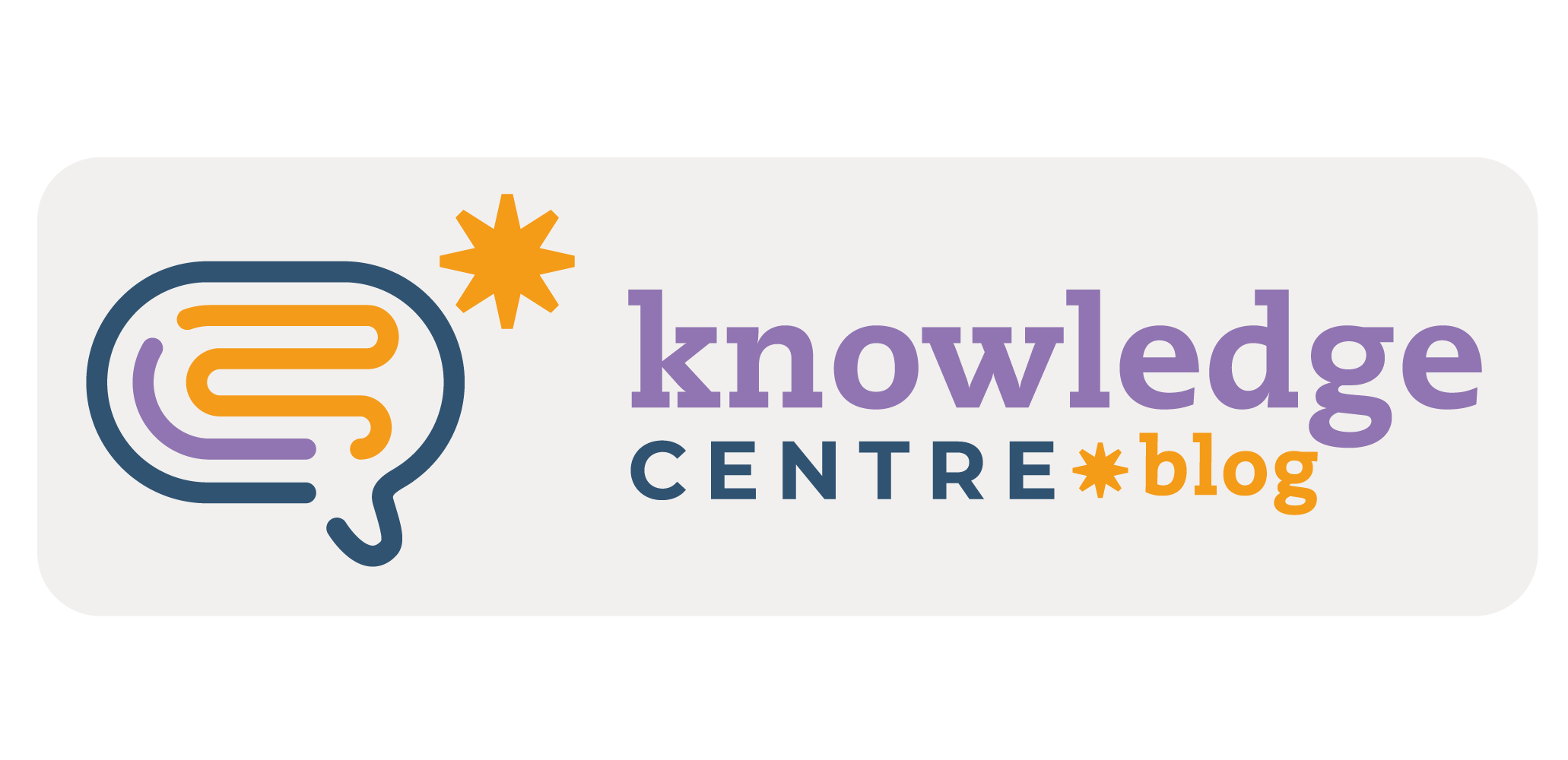In the fields of education and cognitive development, the role of emotions extends far beyond mere reactions; they are integral to how students absorb, process, and retain new information.
Emotions are not just by products of learning; they are its catalysts, shaping how information is perceived and internalized. This understanding is crucial for creating a learning atmosphere that resonates with students on a deeper level.
Emotions and Learning
Emotions play an important role on how students learn and retain information. The educational journey is not just about cognitive development but also emotional growth. Researches have consistently shown that emotional well-being impacts students’ ability to absorb and understand new information.
As educators, integrating this emotional aspect into teaching can transform the learning experience. When students are emotionally engaged, their learning becomes deeper and more meaningful (Damasio, 2007).
Learning Connections
The concept of learning connections goes beyond the traditional classroom setup. It’s about creating an environment where students feel connected not only to the content but also to their peers, teachers, and the broader world around them. These connections foster a sense of belonging and purpose, which are significant for effective learning. Educational strategies that encourage collaboration, discussion, and real-world problem-solving help in forming these vital connections.
Emotions’ Influence
The influence of emotions on learning is deep. Positive emotions like curiosity, excitement, and interest can enhance learning, making it more engaging and memorable. On the other hand, negative emotions such as anxiety and fear can block the learning process. Understanding and managing these emotions is the secret to creating a conducive learning environment.
Memory Dynamics
Memory plays a serious role in learning. The interaction between short-term and long-term memory, especially in the context of educational experiences, is complex. Emotional experiences are more likely to be retained in long-term memory. Therefore, integrating emotionally stimulating content in teaching can help in better retention and recall of information.
Create Connections
The role of the teacher or facilitator in creating these connections is fundamental. By crafting lessons that resonate emotionally and intellectually with students, educators can enhance the learning experience.
This involves understanding the diverse emotional needs of students and using varied teaching methods to comply with these needs. Effective educators create a safe space for students to express themselves and explore new ideas, thereby fostering a strong teacher-student relationship that supports learning (Hinton et al., 2008).
In conclusion, the integration of emotions into the learning process is vital. Educators who embrace this approach can create a more dynamic, engaging, and effective educational experience for their students.
Check the infographic below to learn more:

How can you, as educators, develop and integrate emotional intelligence strategies into your classes to improve the learning experience for our students? Share your ideas and thoughts with us!
References
COSENZA, Ramon Moreira; GUERRA, Leonor Bezerra. Neurociência e educação: como o cérebro aprende. Porto Alegre: Artmed, 2011.
IZQUIERDO, I. Memória. 2 ed. Porto Alegre: Artmed. 2011.
LIMA, Ricardo Franco. Compreendendo os mecanismos atencionais. Ciências e Cognição. Vol. 6, 113-122. 2005.
DAMÁSIO, Antônio. O Sentimento de Si, Tradução de M. F. M revista pelo autor Europa-América, 2000.
MATURANA, H.R. Cognição ciência e vida cotidiana. Organizadores: Magro,C; Paredes, V. Belo Horizonte: Editora da UFMG, 2001.

By Ana Lídia Pereira
Ana Lídia has a degree in Business and Letters. She has a postgraduate degree in Bilingual Education and has just finished an extension course in Neuroscience. She has been working in the field of Education for 5 years.








